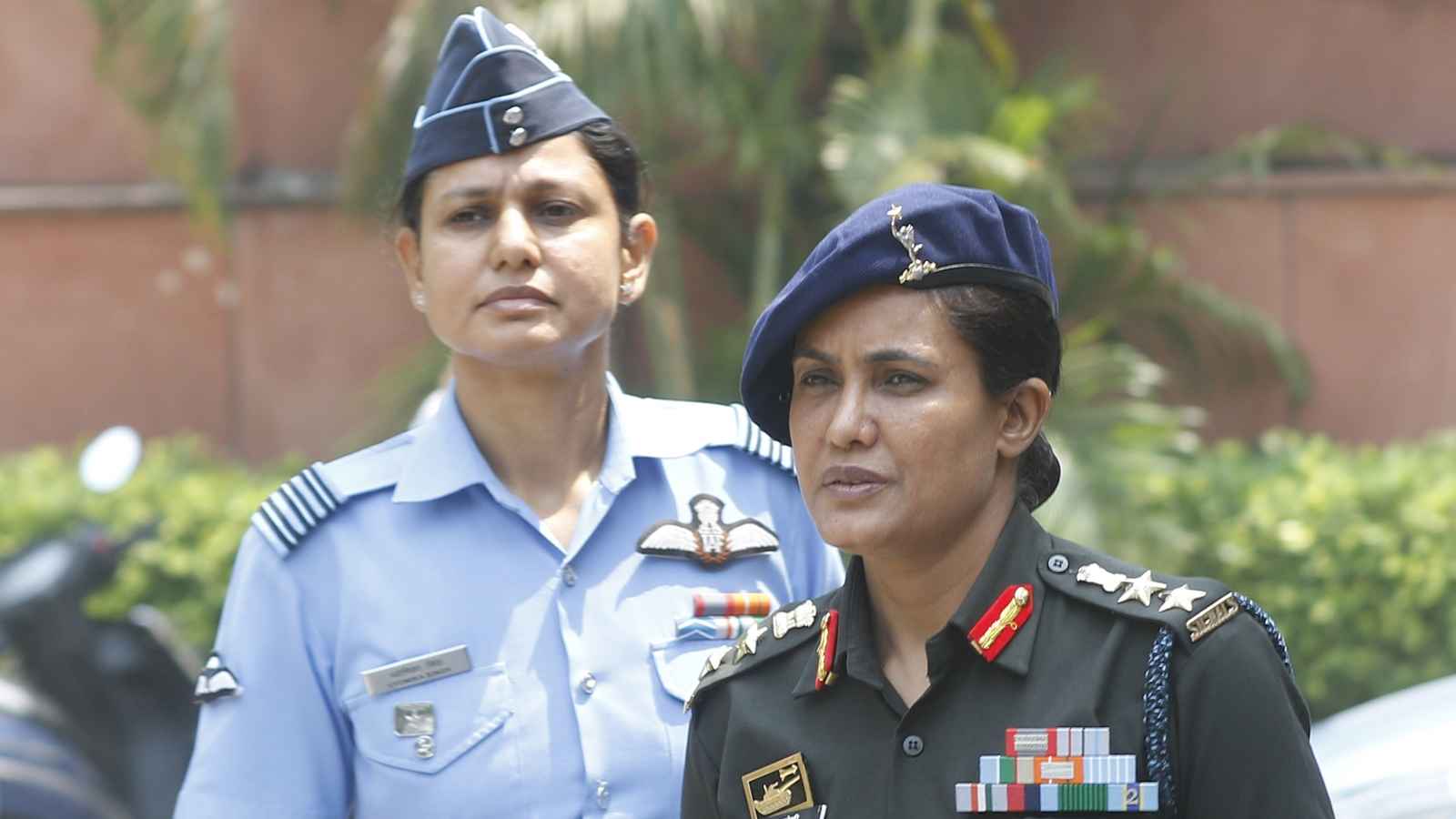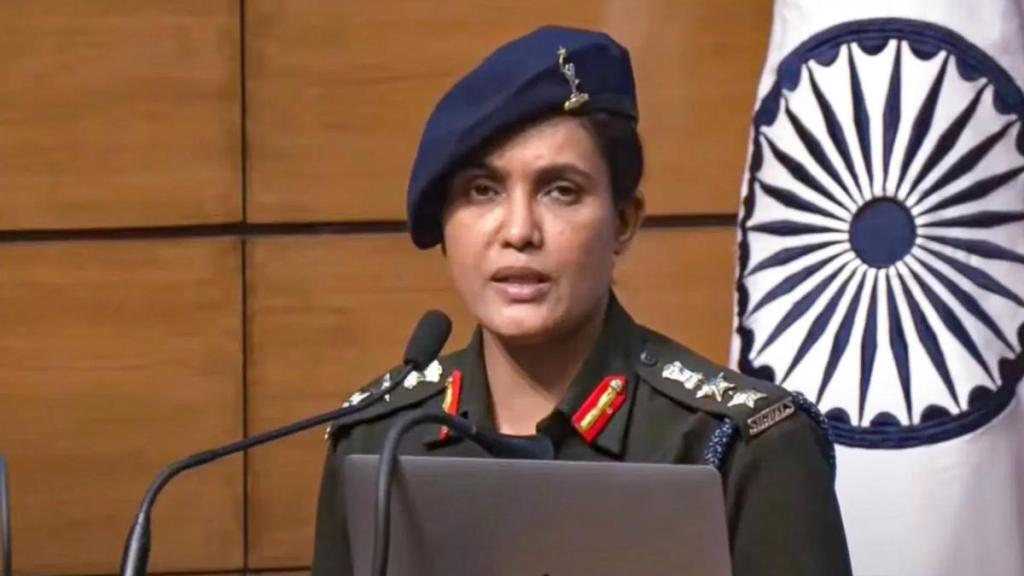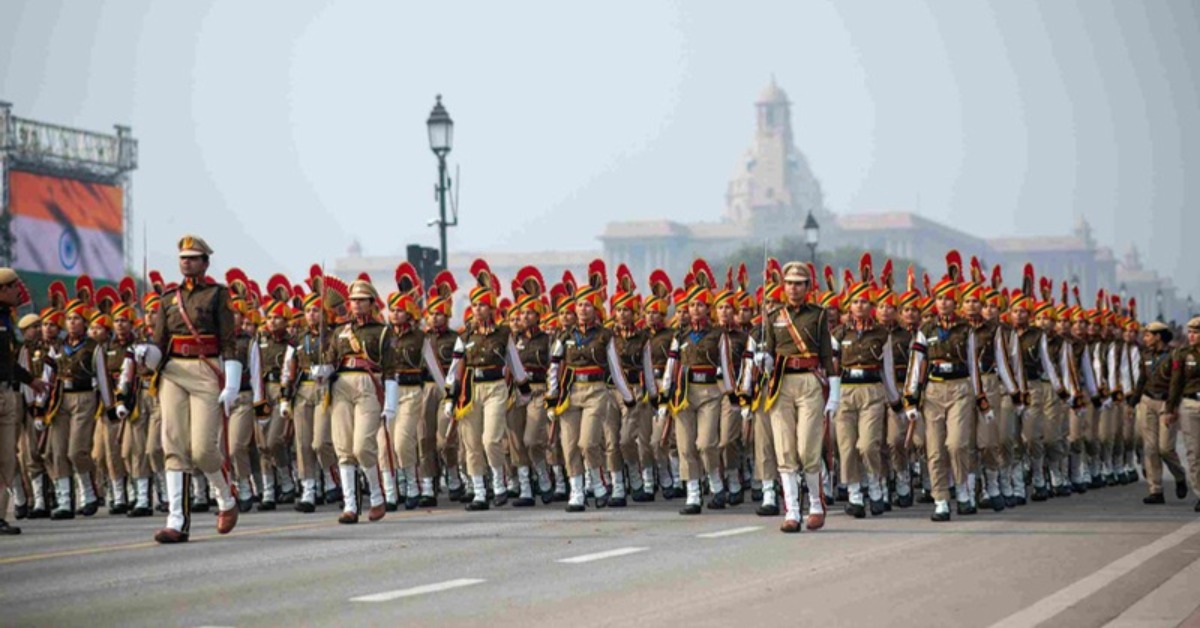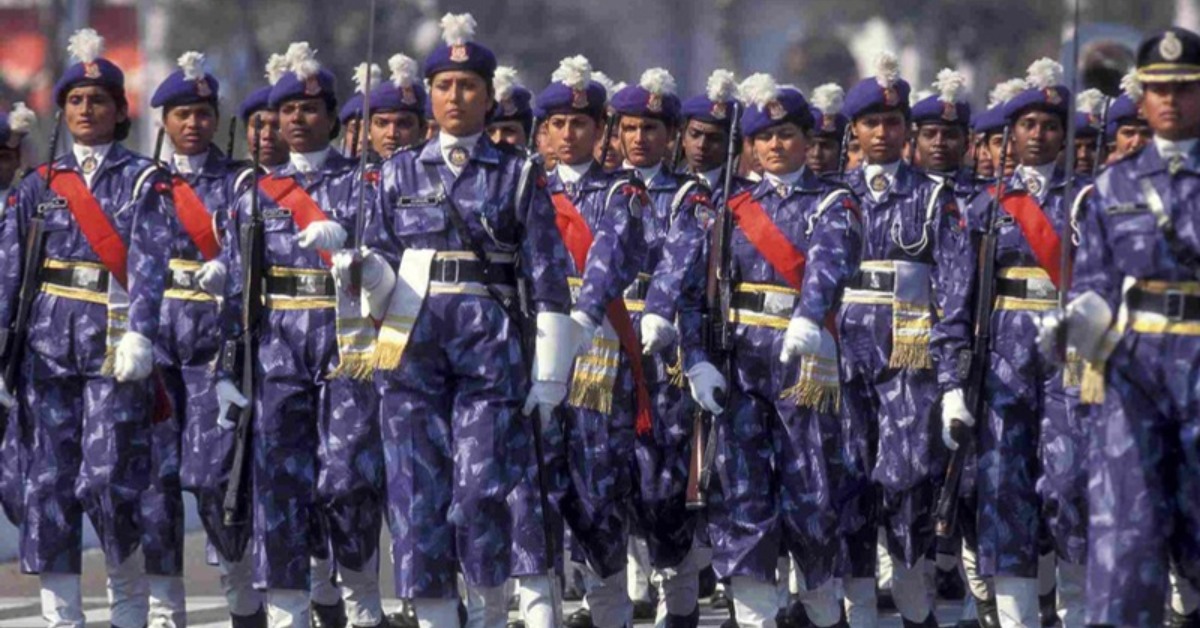Why Is Colonel Sofiya Qureshi’s Role in Operation Sindoor So Significant?
(Picture courtesy: ANI)
When Colonel Sofiya Qureshi appeared on our screens to brief the nation on Operation Sindoor on 7 May 2025, she wasn’t just delivering a military update — she was rewriting the narrative for women in India’s military. For many young women watching, her calm demeanour, clarity, and leadership must have been a pivotal moment. What did it mean to see a woman at the forefront of a major military operation? How did it challenge long-standing perceptions of women’s roles in defence?
What does it take to break new ground in a military family?
Colonel Qureshi’s journey is deeply rooted in a military legacy. Born in Vadodara, Gujarat, she comes from a family with a strong army background—her father and grandfather both served in the Indian Armed Forces. But even with this legacy, she was not handed a clear path.
 Colonel Qureshi grew up around the military, but it was her own determination that led her to join the Indian Army in 1990, commissioned into the Corps of Signals. Picture courtesy: Indian Express
Colonel Qureshi grew up around the military, but it was her own determination that led her to join the Indian Army in 1990, commissioned into the Corps of Signals. Picture courtesy: Indian Express
How many women in India face the same challenge of entering fields traditionally reserved for men?
For Colonel Qureshi, being surrounded by military influence at home was just the beginning. It was her own determination and conviction that led her to the Indian Army in 1990, where she was commissioned into the Corps of Signals. While many would be discouraged by the limited roles for women at the time, she saw it as an opportunity to change the status quo.
It’s important to note that until 1992, women were inducted into the Indian Army only in non-combat roles. Today, women make up about 4.5% of the Indian Army, but even with this slow progress, the hurdles remain. What does it take for women to succeed in such a field? It requires not just skill, but courage and patience in the face of resistance.
What Does Leadership in the Indian Army Really Mean for Women?
Colonel Qureshi’s military career was not without its defining moments. She has always been at the forefront of challenging norms. After her early years handling rescue operations in flood-hit North-East India, she went on to make history with the United Nations in the Democratic Republic of Congo in 2006. There, she monitored ceasefires and worked on humanitarian missions, gaining admiration for her professionalism and compassion.
 Colonel Qureshi, born in Vadodara, hails from a family with a proud military legacy — both her father and grandfather served in the Indian Armed Forces. Picture courtesy: ANI
Colonel Qureshi, born in Vadodara, hails from a family with a proud military legacy — both her father and grandfather served in the Indian Armed Forces. Picture courtesy: ANI
In 2016, Colonel Qureshi became the first woman officer to lead an Indian Army contingent in multinational military exercises. These exercises were no small feat—centered around peacekeeping and mine-clearance in ASEAN nations, they demanded a high level of expertise and leadership. Colonel Qureshi didn’t just participate; she led. She showed that leadership in military operations, both in India and abroad, isn’t defined by gender, but by capability.
Her ladder of success: a timeline of Colonel Sofiya Qureshi’s achievements
- 1990: Colonel Sofiya Qureshi is commissioned into the Indian Army as an officer in the Corps of Signals.
- Early Career: She participates in rescue and relief operations during the North-East floods, showcasing her leadership in disaster management.
- 2006: Qureshi is deployed in the Democratic Republic of Congo as part of the United Nations Peacekeeping Operations, where she monitors ceasefires and provides support for humanitarian missions. Her efforts, including helping reunite a child with her mother, earn her local recognition.
- 2016: She makes history as the first woman officer to lead an Indian Army contingent at the multinational military exercise ‘Exercise Force 18’ involving ASEAN nations, focused on peacekeeping and mine-clearance.
- 2020: As Second-in-Command of the Military Provost Unit, Colonel Qureshi trains the first batch of Women Military Police, deployed in counter-insurgency zones.
- 2025: Colonel Qureshi leads the briefing on Operation Sindoor, which targets terrorist camps in Pakistan and Pakistan-occupied Kashmir (PoK) in retaliation for the Pahalgam terror attack, marking a pivotal moment in her career and the growing role of women in military leadership.
Is there a growing space for women in combat roles?
The role of women in India’s armed forces has always been a topic of debate. For much of the history of the Indian Army, women were seen as supporting actors, primarily in non-combat roles like medical services, education, and administration.
However, this narrative is shifting.
 Women have proven that success in the Indian Army is not determined by one’s gender, but by one’s determination and competence. (Representative image courtesy Shutterstock)
Women have proven that success in the Indian Army is not determined by one’s gender, but by one’s determination and competence. (Representative image courtesy Shutterstock)
Colonel Qureshi’s leadership in Operation Sindoor in 2025 marked another pivotal moment. As she led the briefing on one of India’s most high-profile counterterrorism operations, she became the face of the military’s growing inclusivity.
But she is not alone. Women like Lieutenant General Harish Dua, the first woman officer to command an Army Corps, and Wing Commander Abhinanda, who flew a fighter jet during the Balakot strikes, have demonstrated that women can—and do—hold leadership positions in combat operations. What does this shift mean for future generations of women? Is the Indian Army becoming a more equal playing field, or is there still a long road ahead?
Women breaking through: Who are the other trailblazers?
Colonel Qureshi’s journey is part of a broader change in India’s military. She is one of many women who have been taking on challenging and high-stakes roles, showing that leadership and bravery aren’t restricted by gender.
There are other inspiring women, such as Lieutenant Colonel Shubha Bhat, who became the first woman to command a border outpost in Kashmir, and Captain Divya Ajith, who made history as one of the first women to pilot a Sukhoi-30 fighter jet. These women have proven that success in the Indian Army is not determined by one’s gender, but by one’s determination and competence.
As of now, women serve in a variety of roles in the Indian Army—from combat to logistics and peacekeeping missions. Yet, they still account for only a small portion of the military force. How can this change, and how can more women be encouraged to pursue careers in defense?
How Colonel Qureshi is redefining women’s role in the Indian Army
Colonel Qureshi’s leadership extends beyond just operations. In 2020, she played a key role in training the first batch of Women Military Police, whose deployment in counter-insurgency zones sent a strong message: women are integral to all aspects of military operations. This reflects a crucial shift in how women are viewed in the armed forces. It’s no longer about breaking barriers, but about finding a place where they belong—and their presence in the military is now undeniable.
 It’s no longer about breaking barriers, but about women finding a place where they belong — and their presence in the military is now undeniable. (Representative image courtesy Shutterstock)
It’s no longer about breaking barriers, but about women finding a place where they belong — and their presence in the military is now undeniable. (Representative image courtesy Shutterstock)
Colonel Qureshi’s involvement in Operation Sindoor and her ongoing contributions to military training highlight her role in shaping the future of India’s armed forces. As the role of women continues to expand, the Indian Army is becoming more reflective of the country’s growing recognition of women in leadership.
Will the next generation of women have an easier path to follow, or will they still face the challenges that Colonel Qureshi and other trailblazers once did?
Colonel Qureshi’s story is a reminder of the journey still to come. While much has been accomplished, her career underscores that the road for women in the Indian Army is still being paved. Through her leadership, both on and off the battlefield, she’s not just serving her country; she’s redefining what it means to be a woman in uniform—and inspiring generations of young women to follow suit.
Edited by Leila Badyari
News